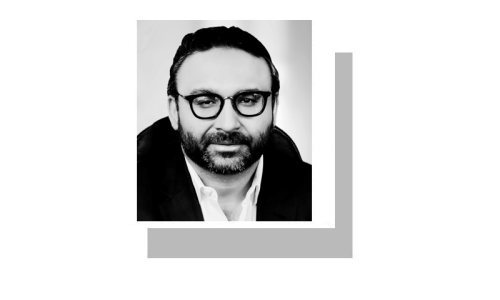A FEW weeks ago, an 11-year-old girl in Karachi was kidnapped, tortured, raped, and murdered. Her body was discarded in a garbage dump. The Sindh Police responded swiftly, and apprehended the suspect. The culprit may face justice. But is this the end of the story?
Unfortunately, such horrifying incidents are common, and each new tragedy eclipses the previous one in the public’s memory. Only cases that capture media attention or come under the radar of officials, NGOs, child rights activists, or concerned individuals see action, but even these are few and far between. The vast majority of child abuse cases in Pakistan remain hidden, neglected, or dismissed by the authorities.
Child abuse in Pakistan takes various forms, including physical, emotional, and sexual abuse, and neglect. Children are frequently exploited through begging, labour, domestic servitude, trafficking, and underage marriages. Many are also deprived of their right to education, healthcare, and shelter. Yet Pakistan lacks a centralised database to accurately record and assess the extent of child abuse.
Child abuse cases are handled in a disjointed, arbitrary manner, with no standardised protocol in place. Each case is treated uniquely, often resulting in haphazard responses that do more harm than good.
Each new tragedy eclipses the previous one in the public’s memory.
According to Unicef, a child protection system consists of laws, policies, regulations, and services required across social sectors — such as social welfare, healthcare, security, and justice — to prevent and respond to risks related to child protection. Typically, such systems are government-led and supported by collaboration among various departments, NGOs, and citizen groups.
However, effective child protection requires seamless coordination between key stakeholders, including child protection authorities, police, medico-legal officers, and the judiciary. This is severely lacking in Pakistan. Each department operates its own helpline; efforts to create a unified helpline for child protection have met with resistance. Each department responds to cases according to its individual protocols, resulting in delays and confusion.
Hospitals are another critical part. When a case of child abuse is reported, hospitals should follow established protocols. Unfortunately, very few public or private hospitals here have such protocols. Also, the need for mental health services, which are essential to help children recover from trauma, is often overlooked.
Given that children spend a significant part of their day at school, schools are also integral to the child protection system. By establishing child protection committees within schools and incorporating lessons on child rights, we can empower children to understand their rights and seek help when needed.
A group of concerned citizens from diverse backgrounds has drafted a document on an integrated child protection system. This group has studied child protection systems worldwide and reviewed SOPs of local authorities, many of which were found to be incomplete and complex. Some employees were unaware that these SOPs even existed.
For a child protection system to work in Pakistan, we need coordination among all stakeholders involved in child protection, including citizens, professionals working with children, child protection authorities, police, the judiciary, lawyers, and healthcare providers. We need pre-designed forms for reporting incidents of child abuse, step-by-step guidelines for handling cases, and clear protocols for monitoring, auditing, and reviewing processes to ensure compliance with best practices.
The system should aim to simplify the documentation and procedural workflow, ensuring that it is consistently followed, reviewed, and improved as needed. By fostering an environment of transparency and responsiveness, we can hope to build public trust and encourage more families to report abuse.
The child protection system should be implemented in such a way that it unites all relevant stakeholders, ensuring cases are handled smoothly without the need for public pressure or social media campaigns to achieve justice. Its primary goal should be to protect the child and family from further trauma, while offering a systematic, trauma-informed approach to address child abuse. Awareness campaigns should be consistent and will only succeed when a strong child protection system is functioning effectively.
Pakistan is a signatory to the UN Convention on the Rights of the Child, and several child rights laws exist. However, enforcement remains minimal.
It is strongly urged that the relevant authorities prioritise child protection. Our children — the country’s future — deserve a safe and nurturing environment where they can grow and thrive, free from the shadow of abuse and neglect. The time for action is now.
The writer is a paediatrician at AKUH.
X: @kishwarenam
Published in Dawn, September 26th, 2024












































Dear visitor, the comments section is undergoing an overhaul and will return soon.